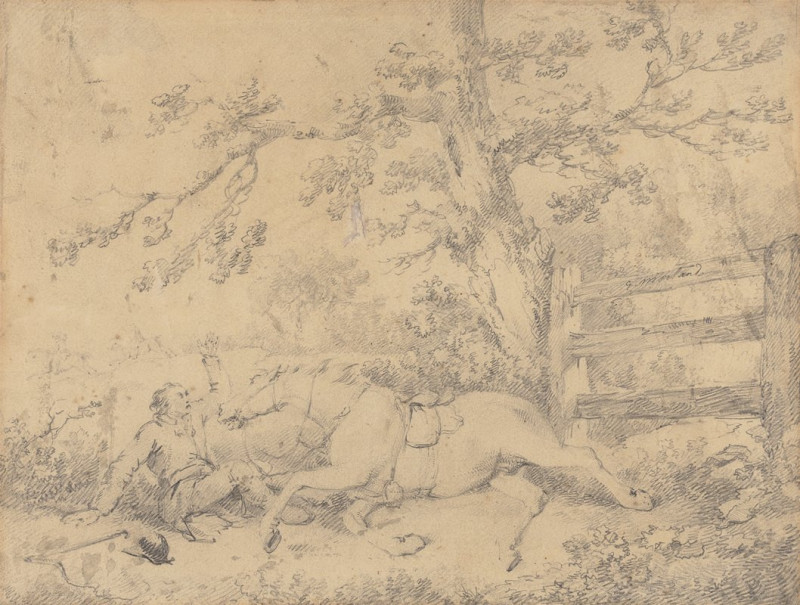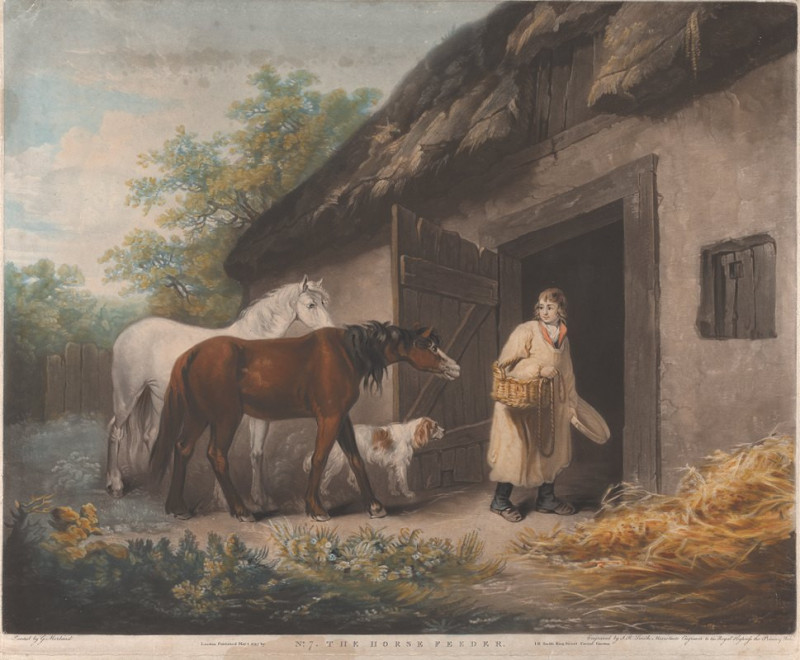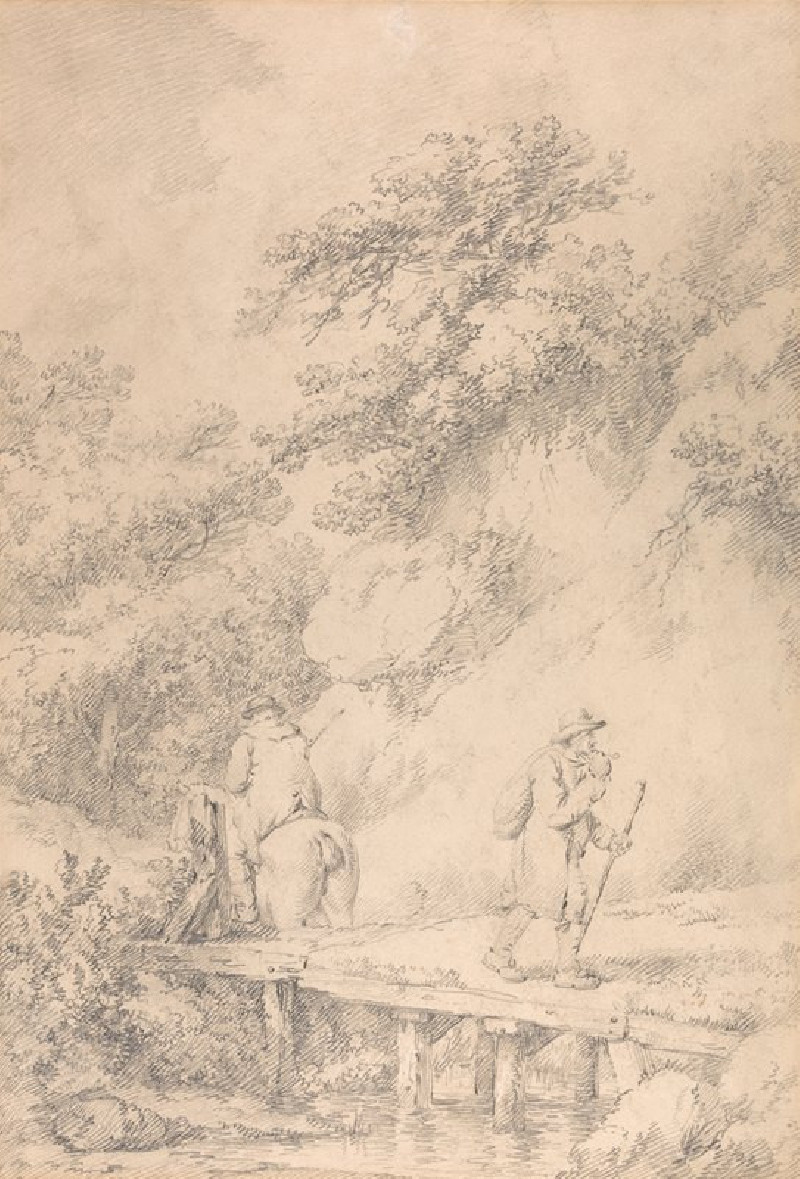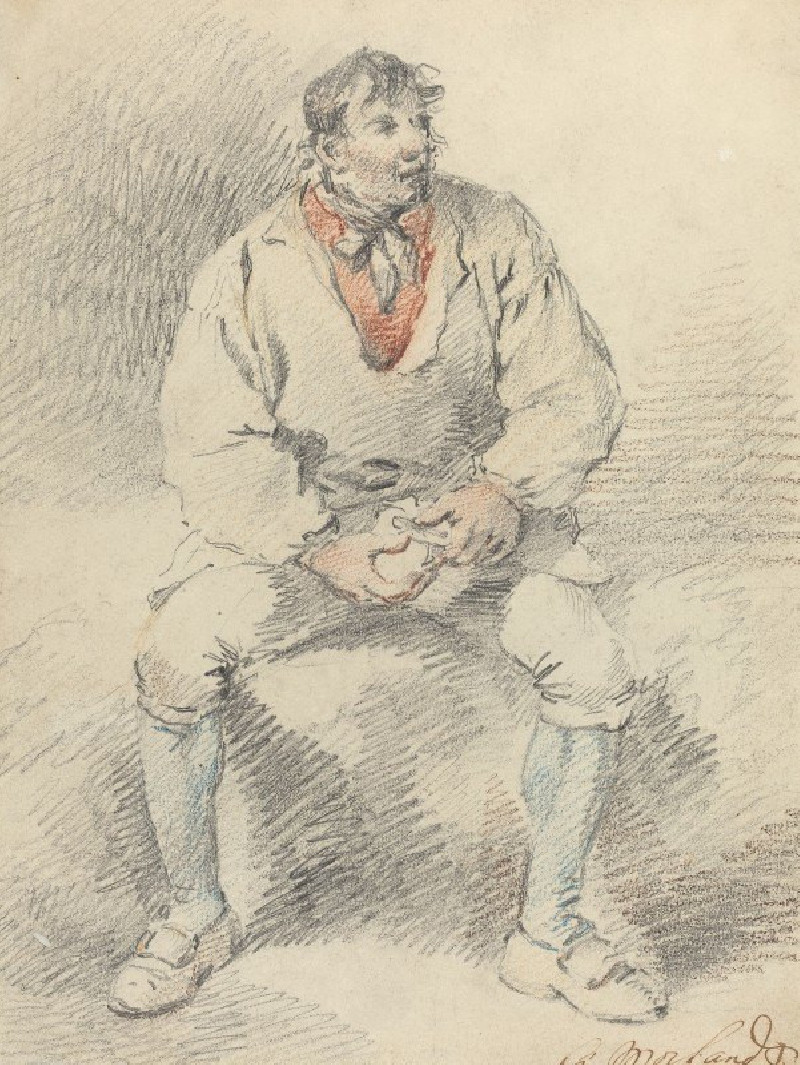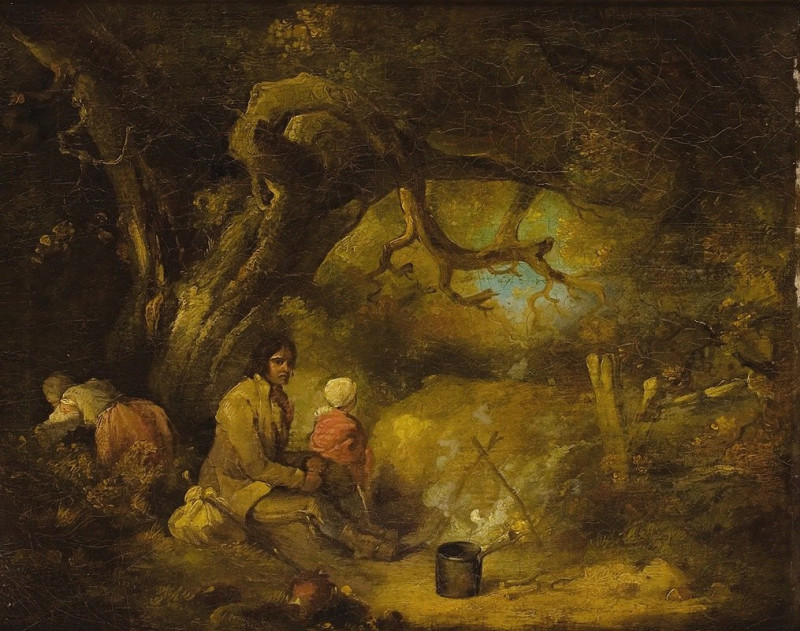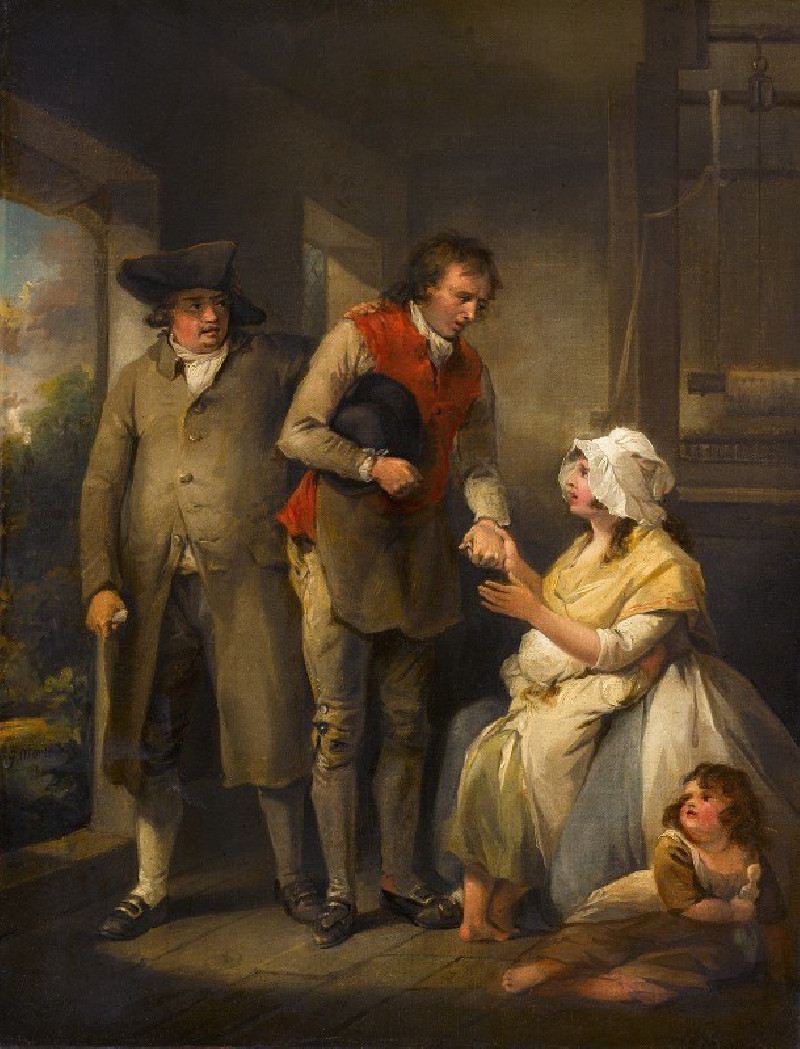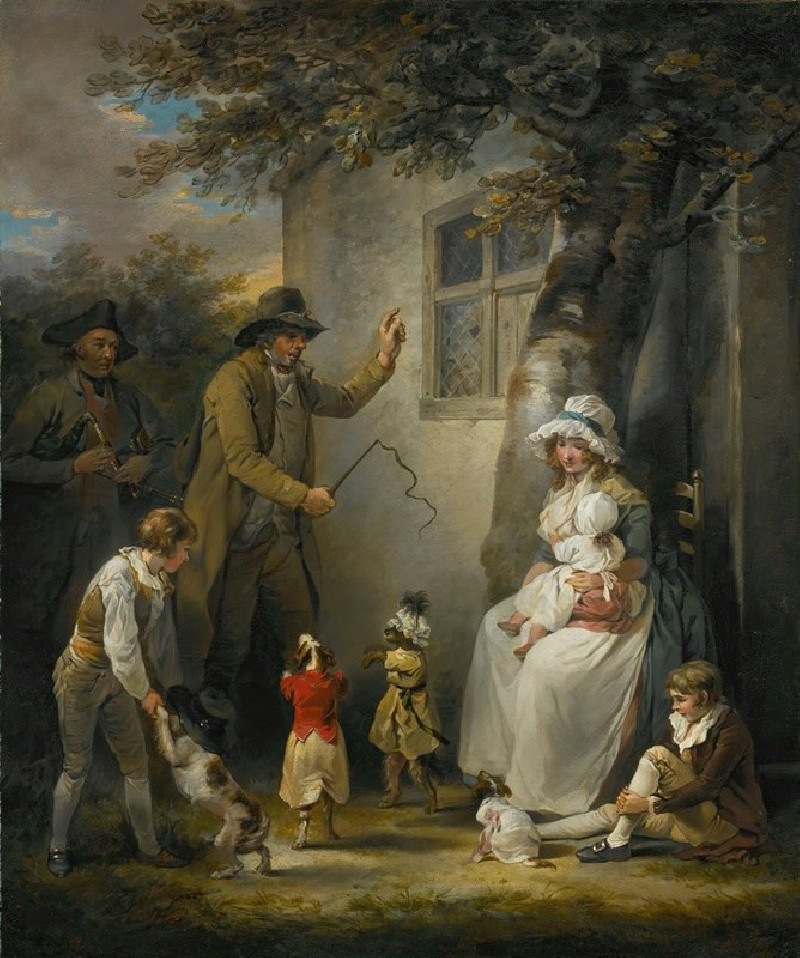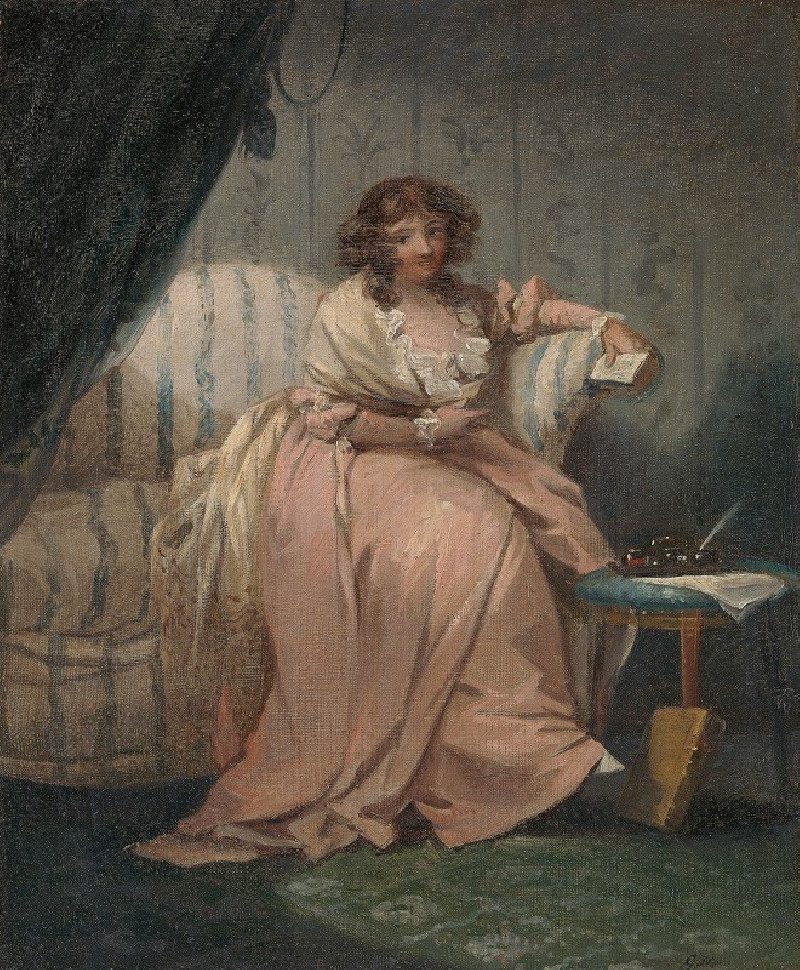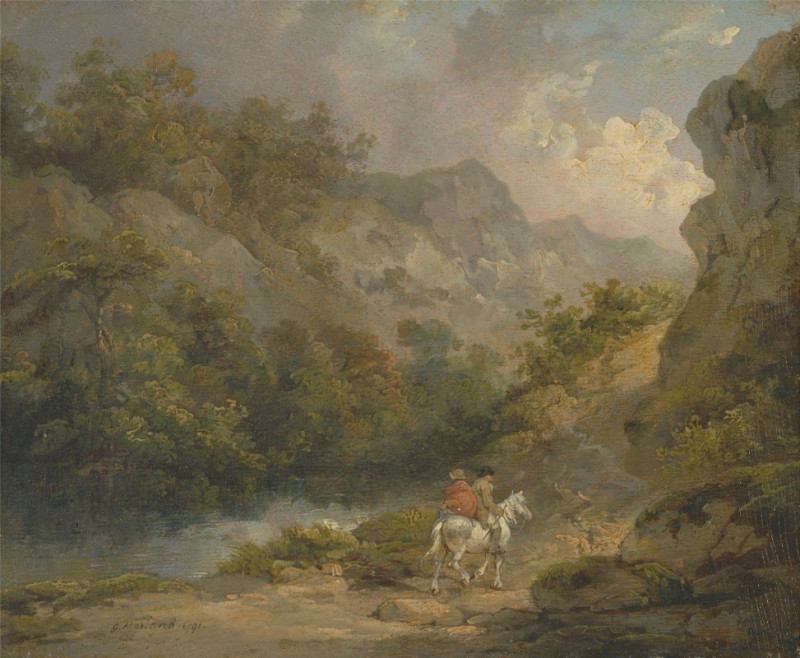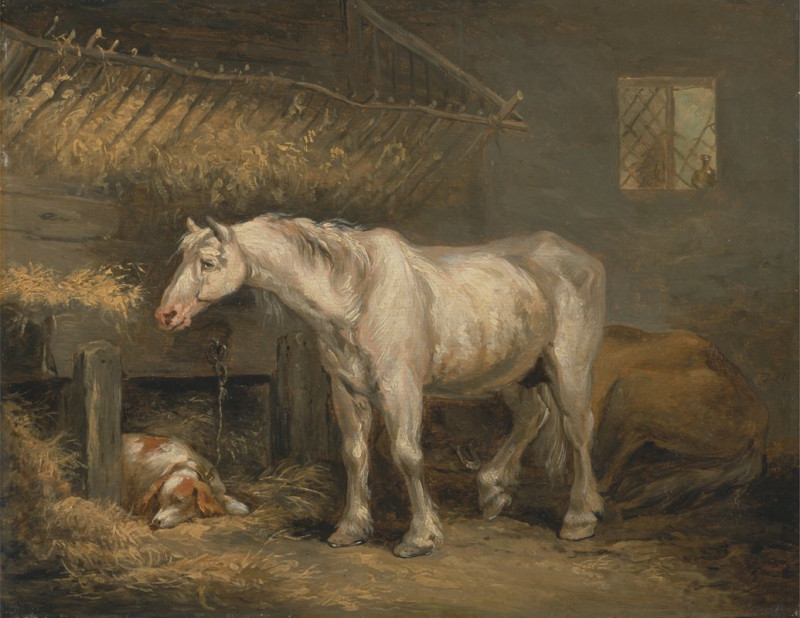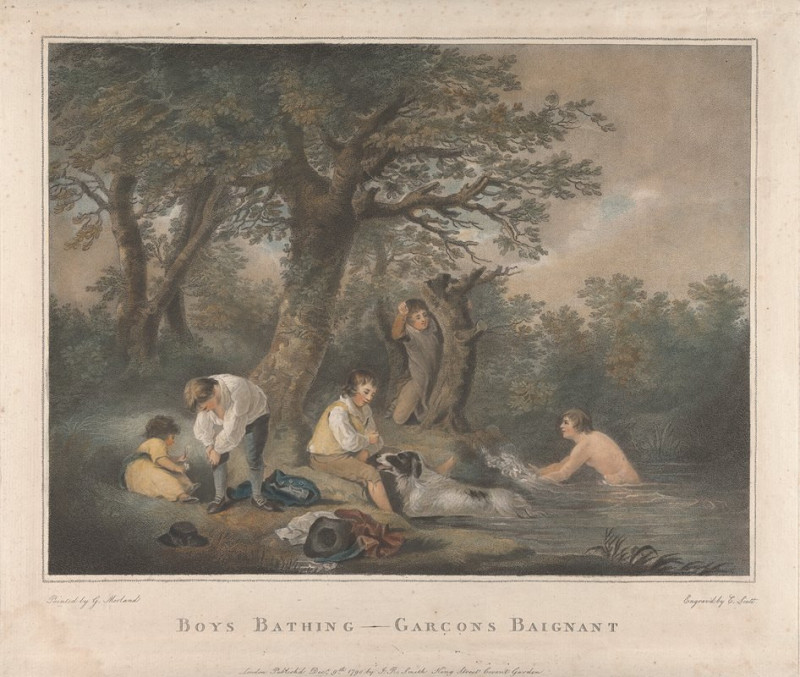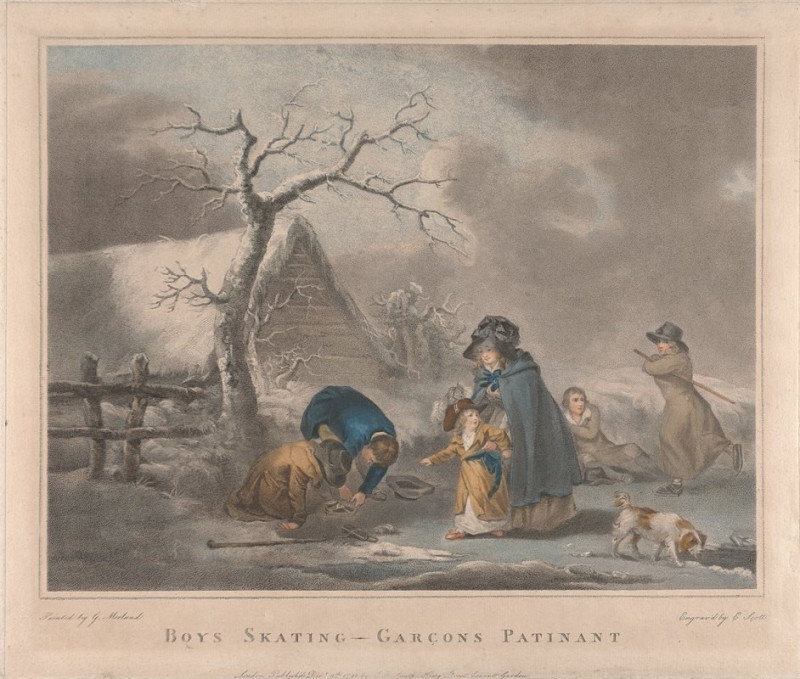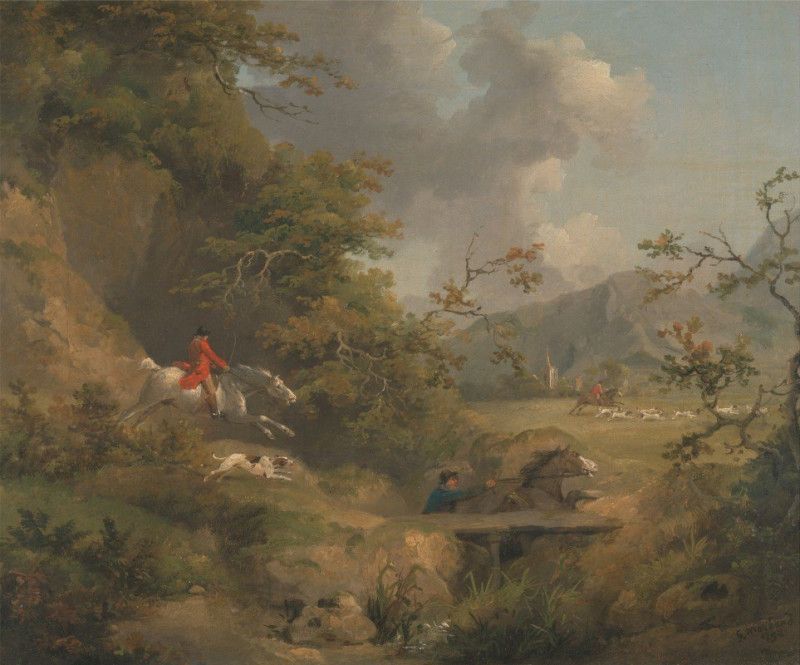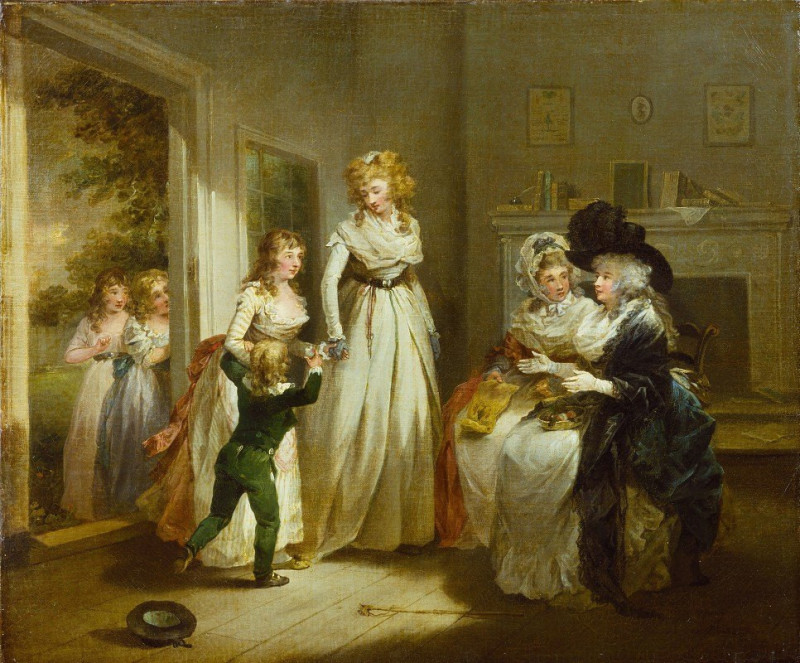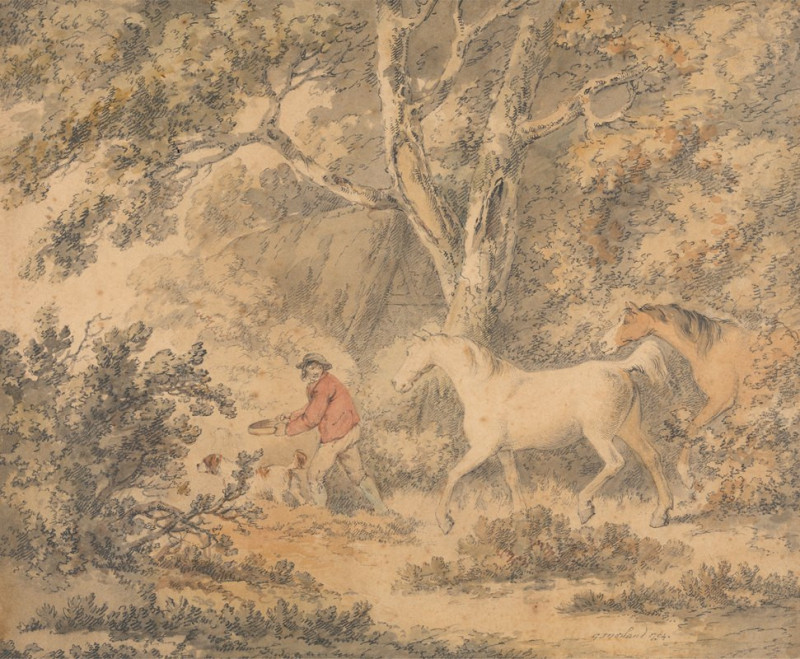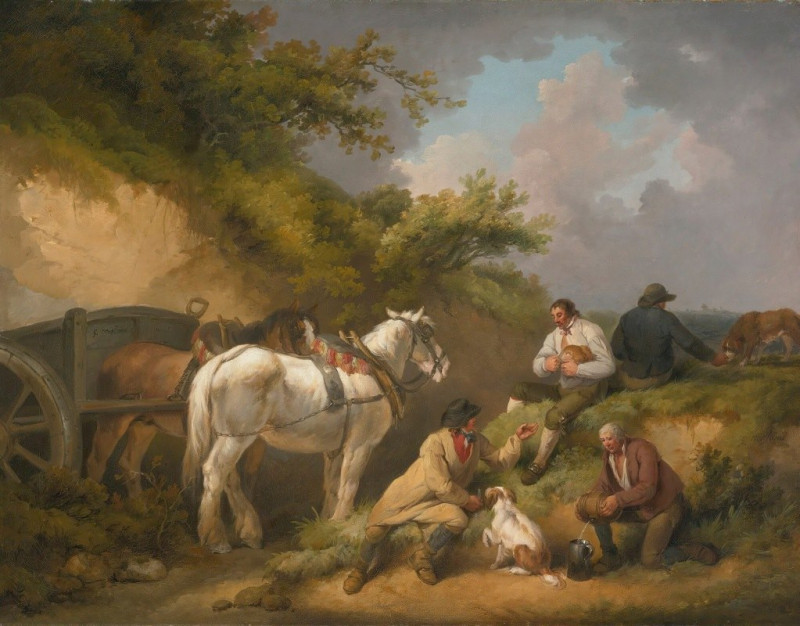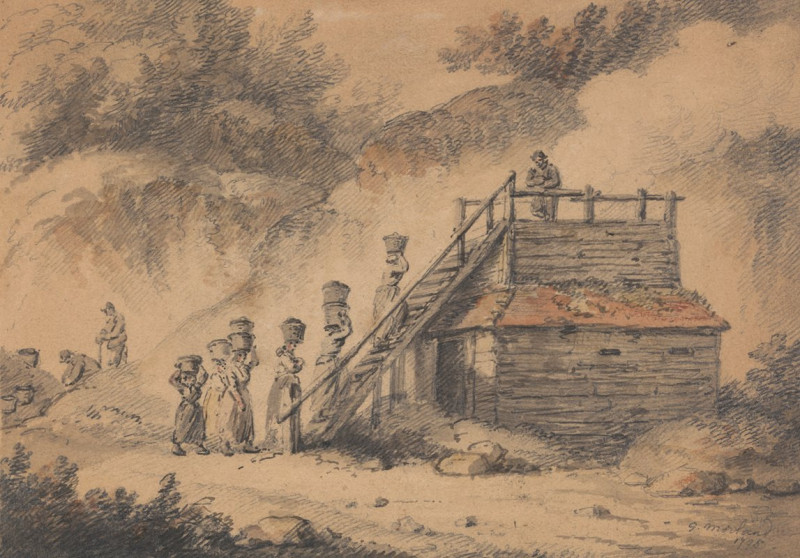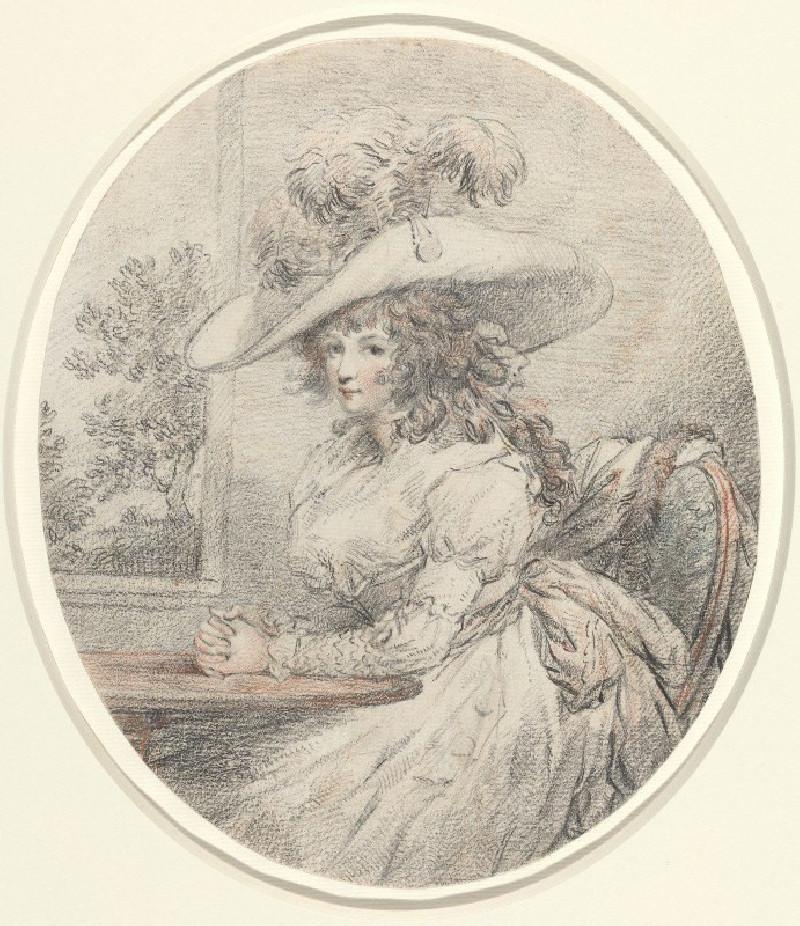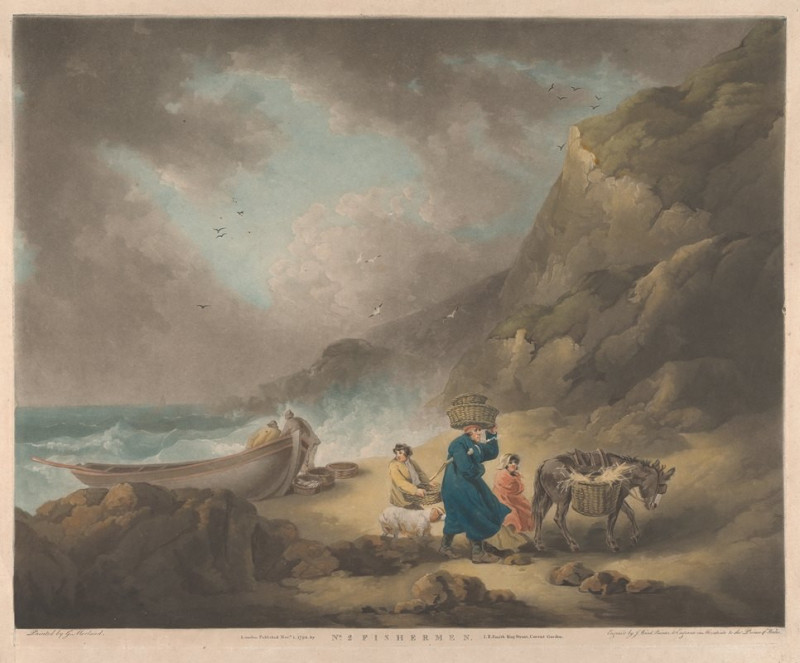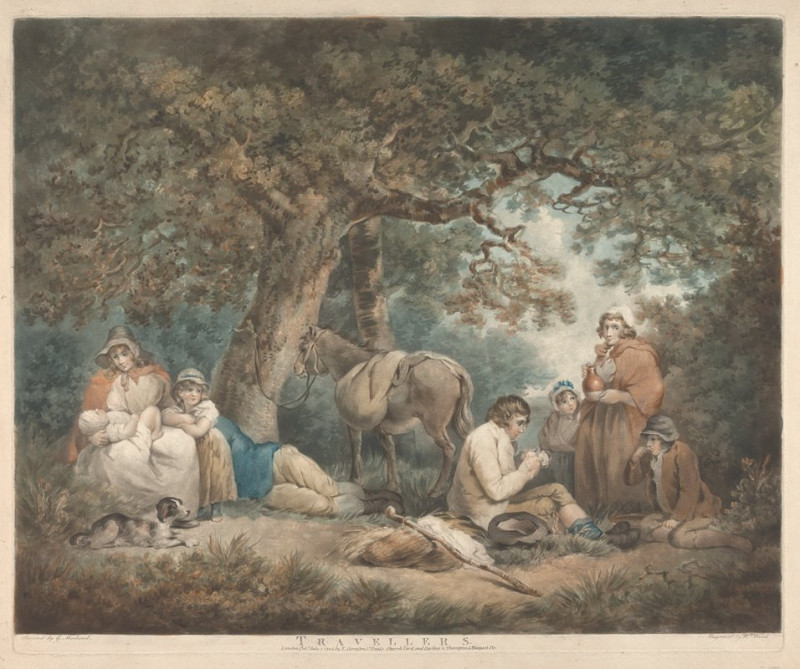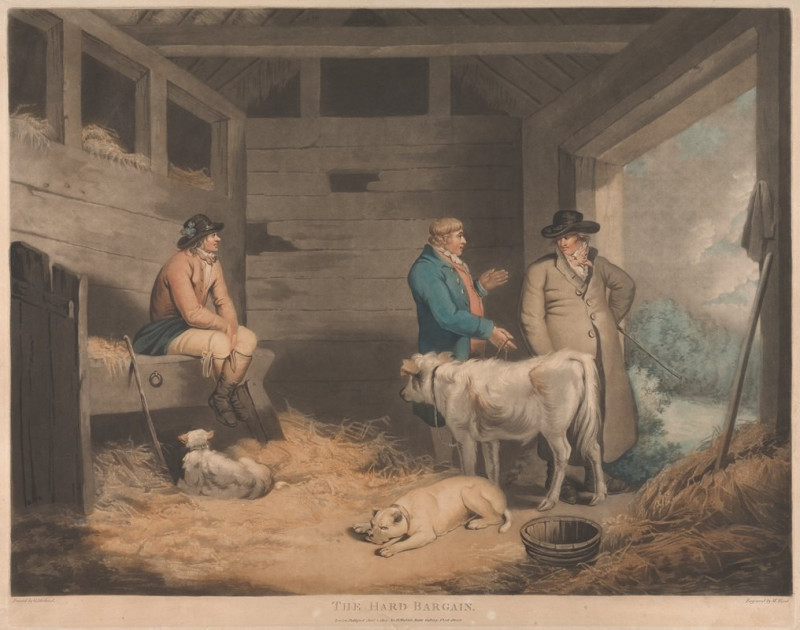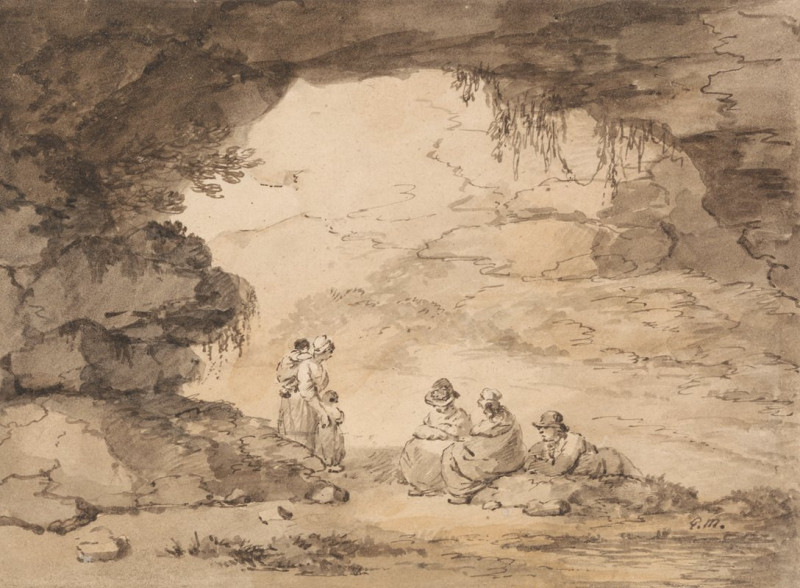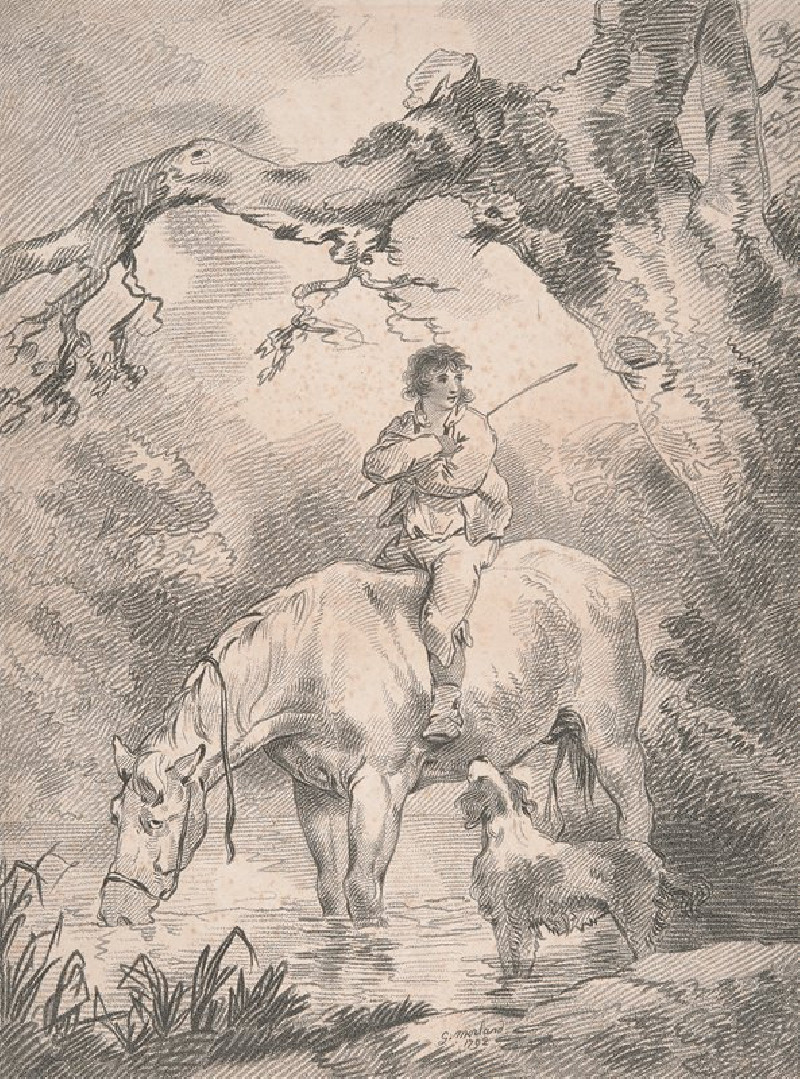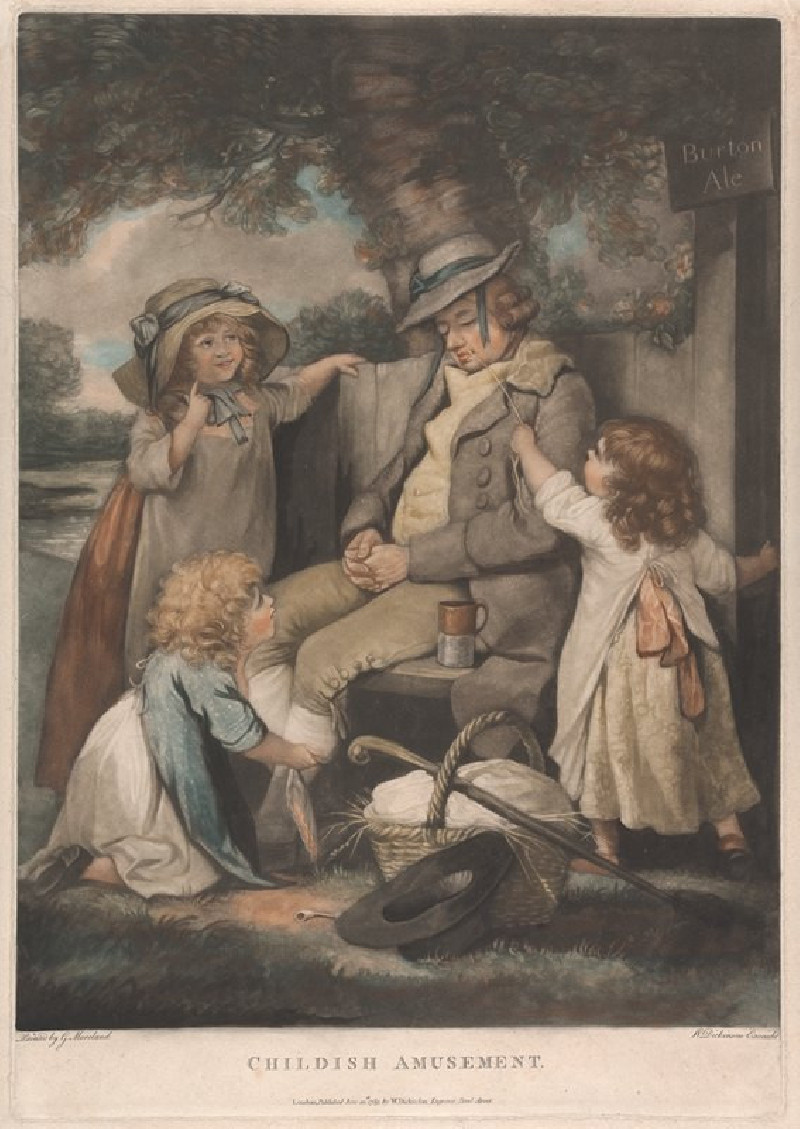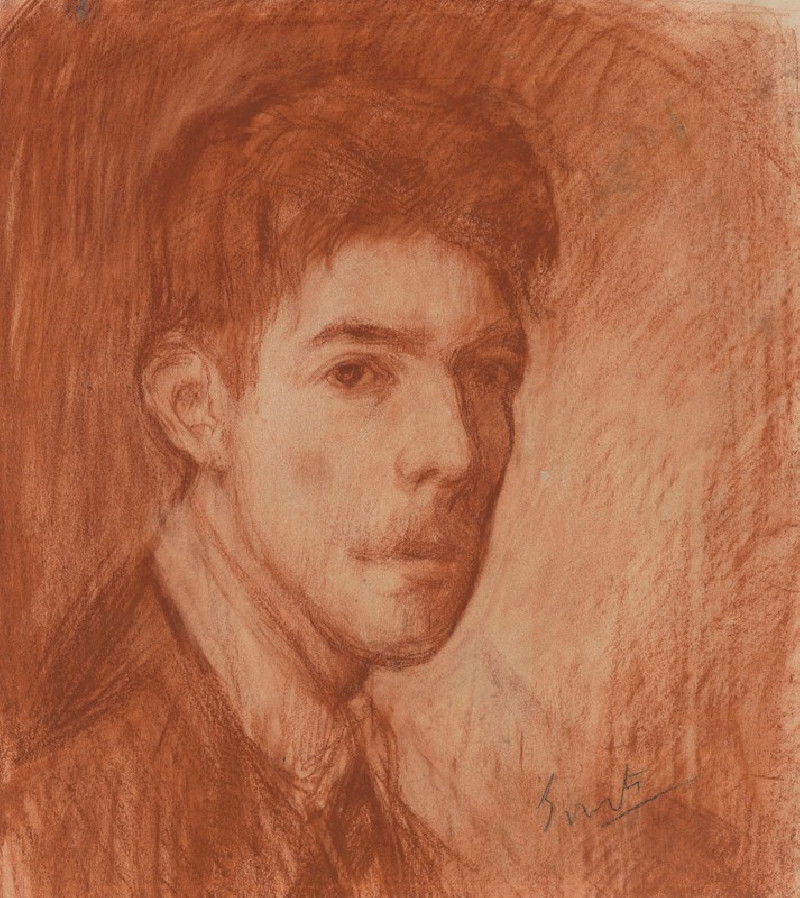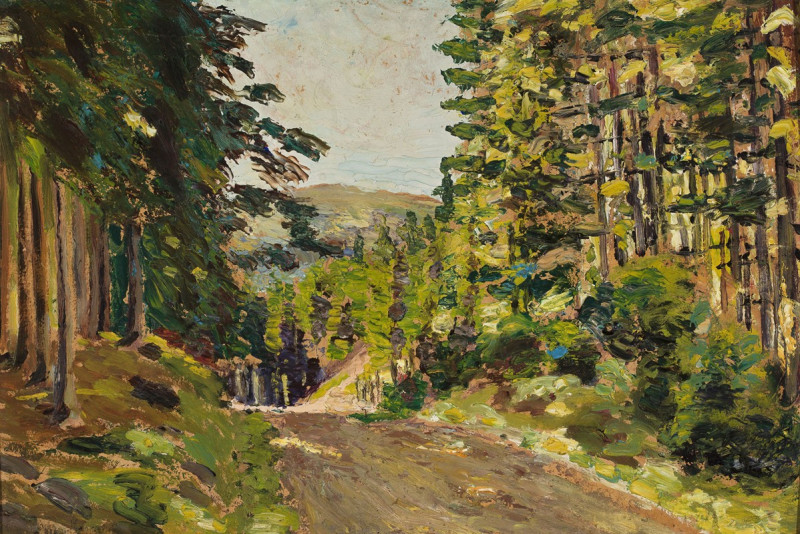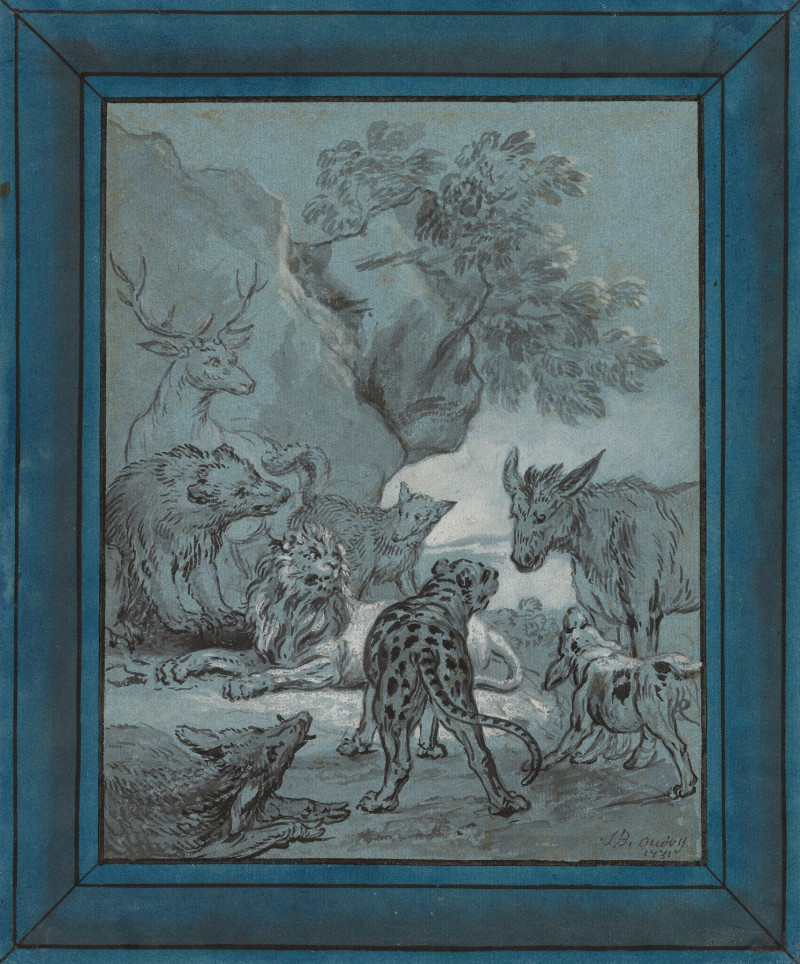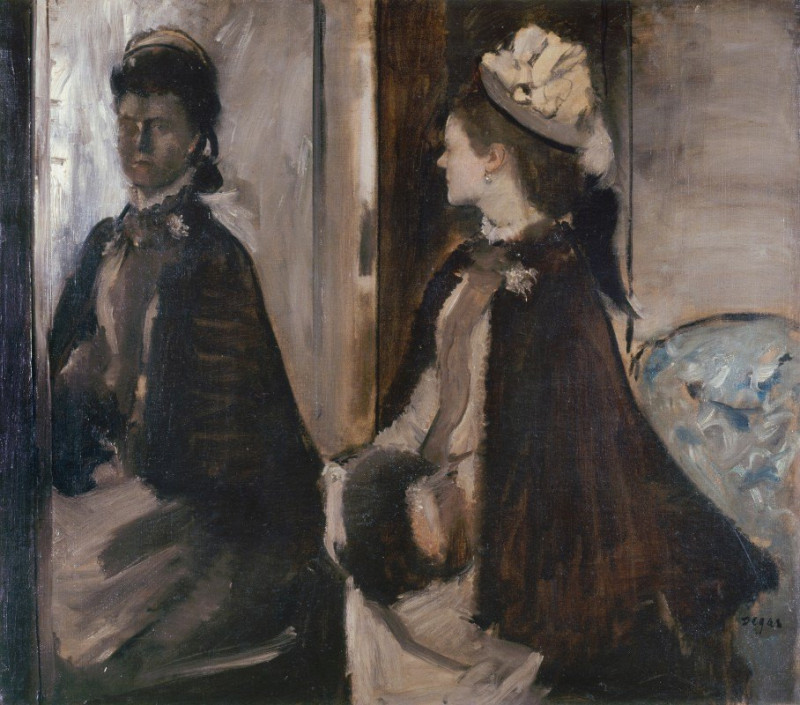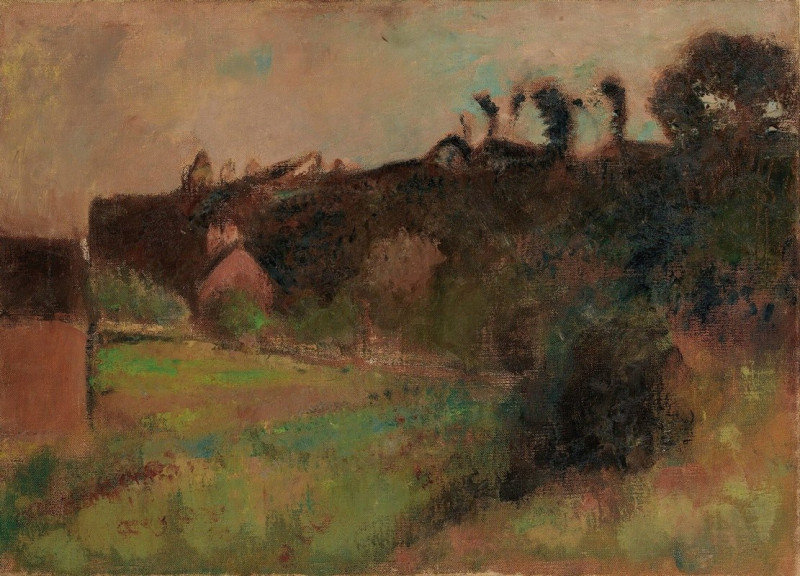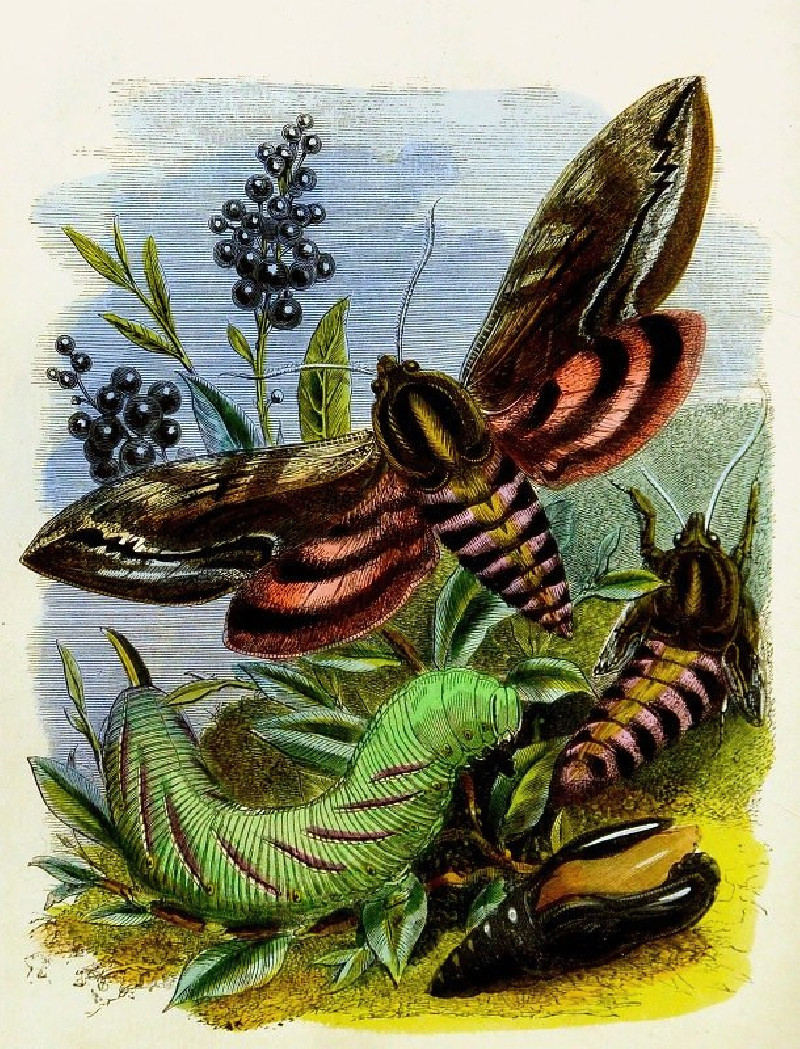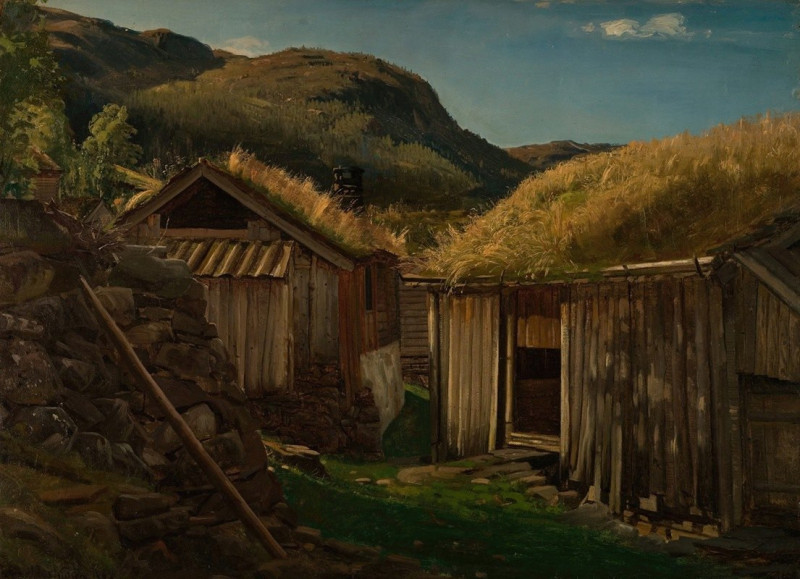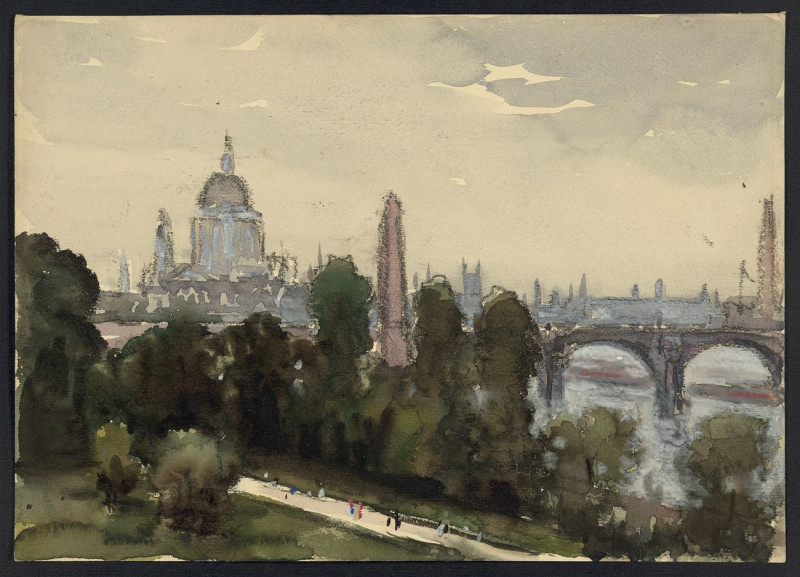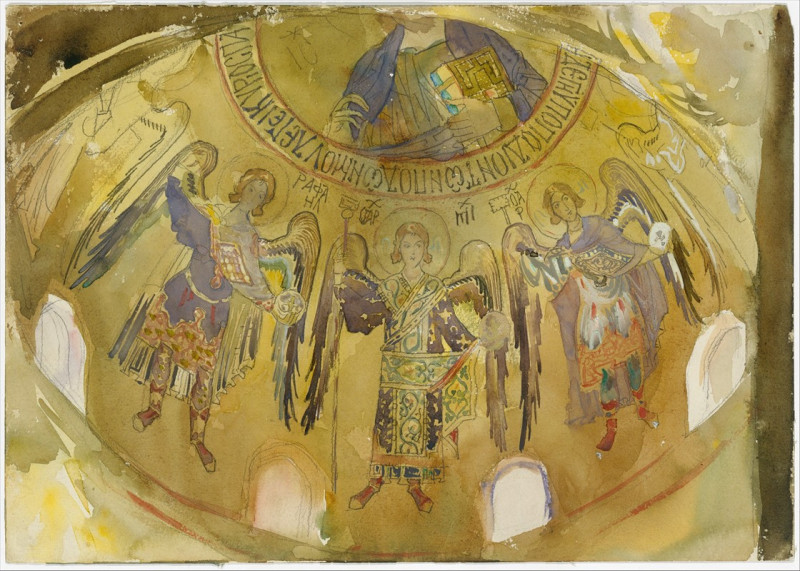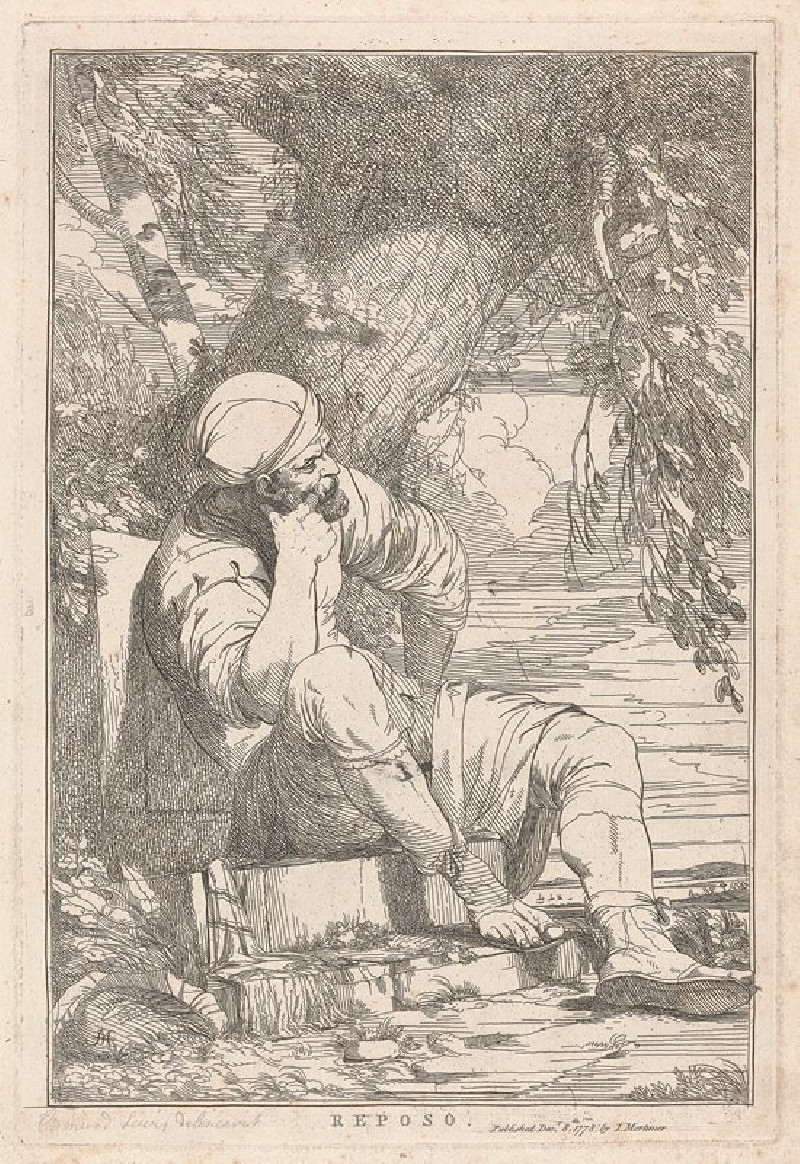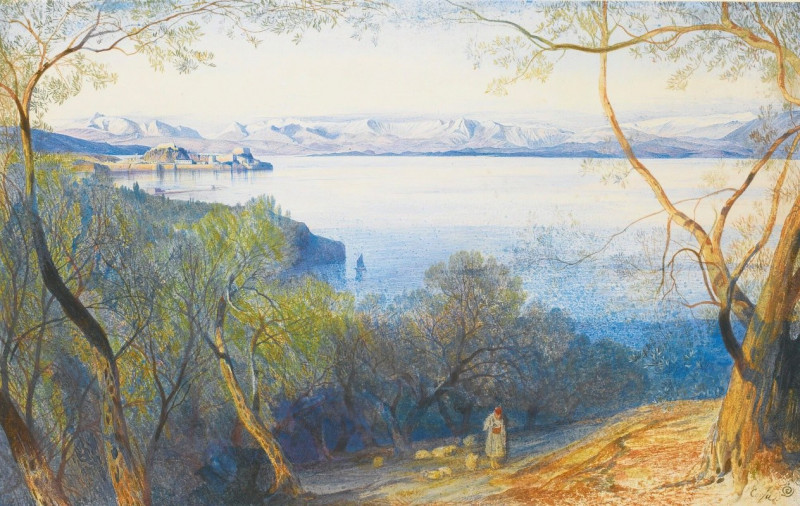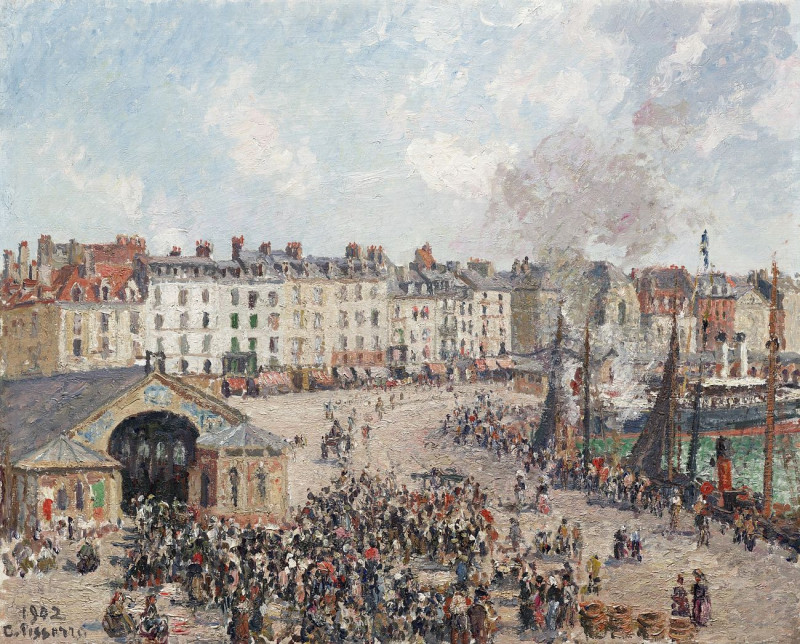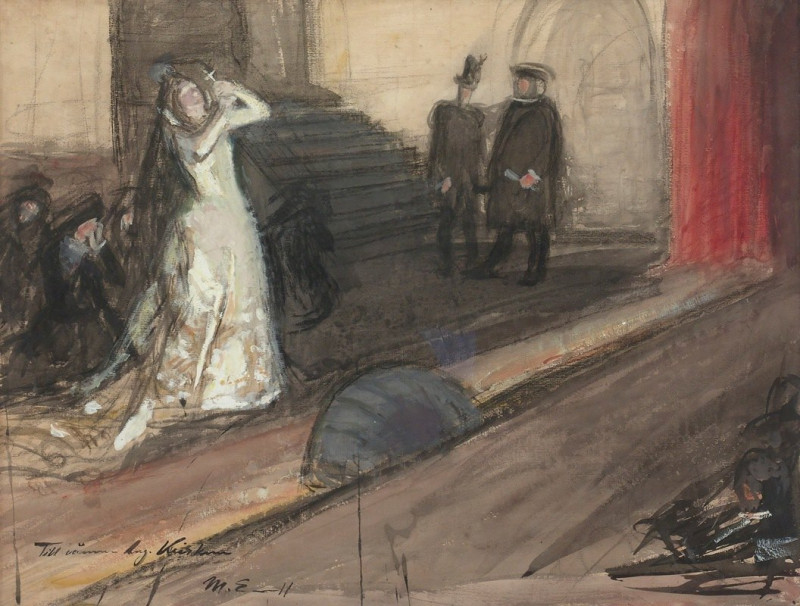Fallen Horse and Rider, The Hunt Disappearing Left
Technique: Giclée quality print
Recommended by our customers
More about this artwork
In this evocative sketch by George Morland, titled "Fallen Horse and Rider, The Hunt Disappearing Left," we are presented with a scene rich in movement and narrative. Morland, known for his ability to capture rural scenes with authenticity, offers a moment of compelling drama and rustic beauty.The drawing portrays a fallen horse and its rider in the aftermath of an accident, likely encountered during a hunt. The horse, depicted in a state of collapse, dominates the center of the composition. Its body is twisted, suggesting the abruptness and violence of the fall. Adjacent to this, the rider appears disoriented and shaken, sitting on the ground, his posture reflecting a mix of dismay and exhaustion.To the right, the artist meticulously illustrates a wooden fence, indicating the boundary of a field or hunting path which perhaps played a role in the unfortunate event. Overhead, the detailed branches of an expansive tree stretch across the scene, casting shadows and adding a serene, almost contemplative quality to the otherwise tense scenario.Morland's skillful use of line and shading in this pencil sketch helps convey various textures, from the roughness of the tree bark and the soft underbrush to the softness of the horse's coat. Each element is rendered with the precision that pulls the viewer into the artwork, allowing one to almost feel the cool shade and the quiet aftermath of the earlier turmoil."Fallen Horse and Rider, The Hunt Disappearing Left" not only captures an immediate moment but also invites contemplation of the broader, often unpredictable nature of life. It stands as a poignant reminder of the unpredictable elements of human and animal interaction, especially within the traditional and sometimes perilous activities such as hunting.
Delivery
Returns
George Morland (26 June 1763 – 29 October 1804) was an English painter. His early work was influenced by Francis Wheatley, but after the 1790s he came into his own style. His best compositions focus on rustic scenes: farms and hunting; smugglers and gypsies; and rich, textured landscapes informed by Dutch Golden Age painting.

